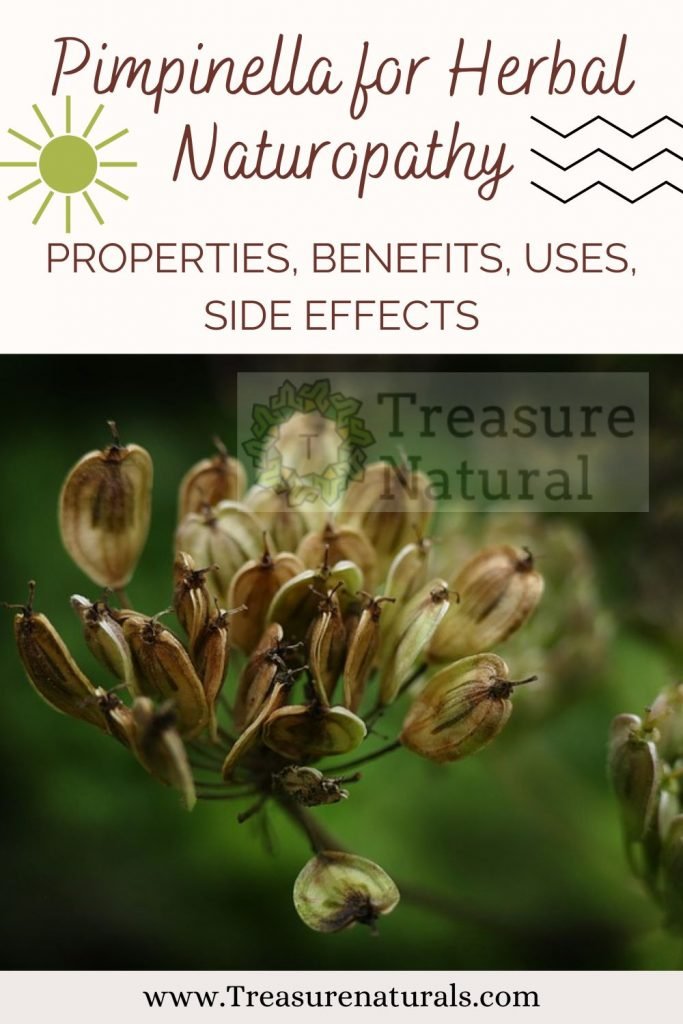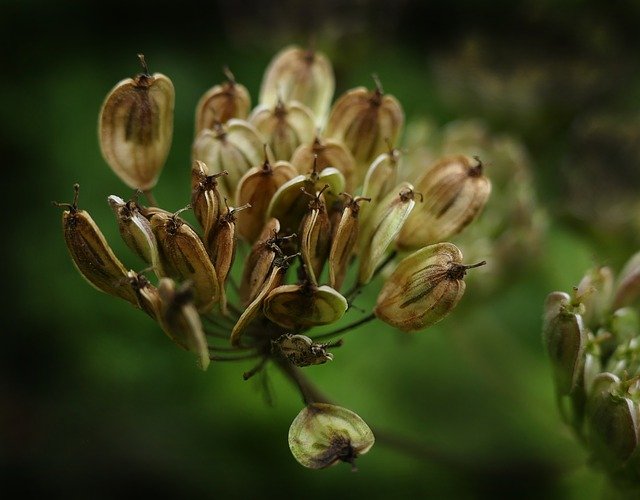
The pimpinella ( Pimpinella anisum ) is a plant belonging to the Apiaceae or Ombelliferae family. Useful for promoting digestion and against bloating, it has an antibacterial and expectorant action. Let’s find out better.
Properties of the burnet
One of the characteristic properties of the burnet that is recognized by both popular tradition and herbal sciences is undoubtedly the digestive one : its seeds promote digestion , make it lighter by helping to fight bloating, abdominal swelling and pains connected to them.
It fights nausea and vomiting and carries out antibacterial and expectorant actions due to the presence of essential oils. Other secondary qualities are those antispasmodic, balsamic (its aromatic oils are essential in the preparation of some liqueurs), carminative, in fact, it is able to relieve intestinal gas problems and is even used as a good galactogen as it helps to produce breast milk. .
Being similar to fennel, it is also used for digestive problems in children such as colic. The main active ingredient is anethole which is extracted in the burnet essential oil.
How to use
INTERNAL USE: burnet seeds, also used as a simple spice, can be eaten to help the intestine and digestion. Seed-based herbal teas are also excellent for this purpose, as well as being effective in treating discomfort in the respiratory tract.
In cooking and pastry, anise is widely used in recipes as a flavoring and even in pharmaceutical products it can be a flavoring to give a pleasant taste to drugs. In the form of liqueur, it is known for Greek ouzo, anisette and sambuca.
EXTERNAL USE: the pimpinella seed tea can be used for washing the skin due to its antibacterial properties and to make fumacchi, i.e. inhalations of steam water combined with a few drops of essential oil of pimpinella which with their expectorant effect will help the expulsion mucus and phlegm from the respiratory tract.
Contraindications of the burnet
There are no particular contraindications except for the attention that must always be kept when taking products containing essential oils.
Description of the plant
The burnet plant is also known as common anise or green anise. Its baptismal name is Pimpinella anisum and this plant must not be confused with its other namesake pimpinella with the botanical name Sanguisorba minor .
The botanical structure is a herb that does not exceed one meter in height, has an empty stem inside and the leaves are composed and of different shapes depending on the position.
The lower leaves are long petiolate, larger in size and lobed in shape with a toothed margin while the upper leaves are more incised, smaller and with a shorter petiole. The classic “umbels of white flowers” are the best way to recognize the burnet and it is precisely its flowers that classify it in the Umbelliferae family.
The seeds are small diachenes that have quite visible streaks.
Burnet habitat
The pimpinella is native to the Mediterranean, to its warm, well exposed, well-drained territories, and has already been successfully cultivated in ancient times even in gardens and vegetable gardens.
Background

The name pimpinella is used together with that of common anise and green anise. Already Pliny the Elder lists various properties of this plant particularly nice to him: he was one of the first to suggest its expectorant and soothing capacities for respiratory problems.
A curiosity about green anise is that in ice cream parlors it is used to create one of the most loved flavors by children “the smurf” in which the blue color is added.






